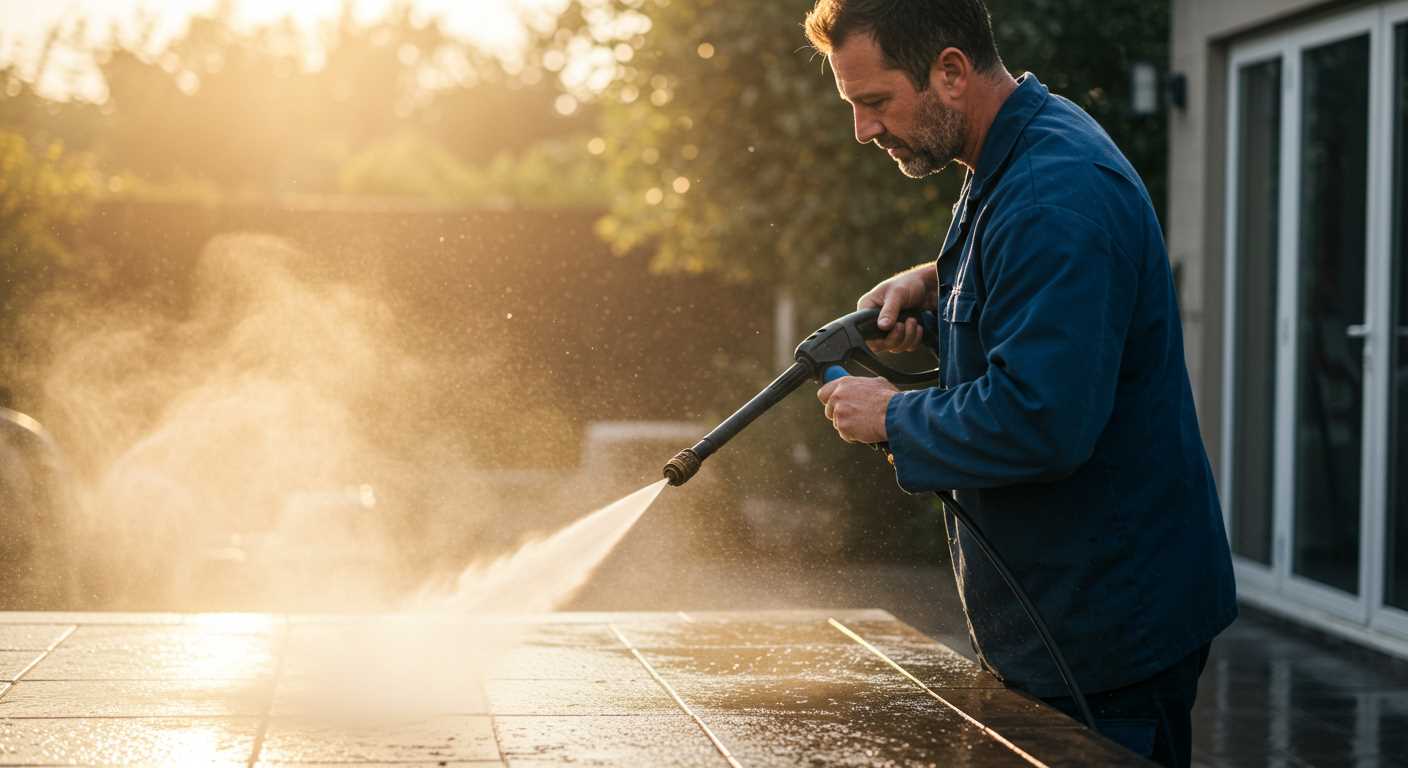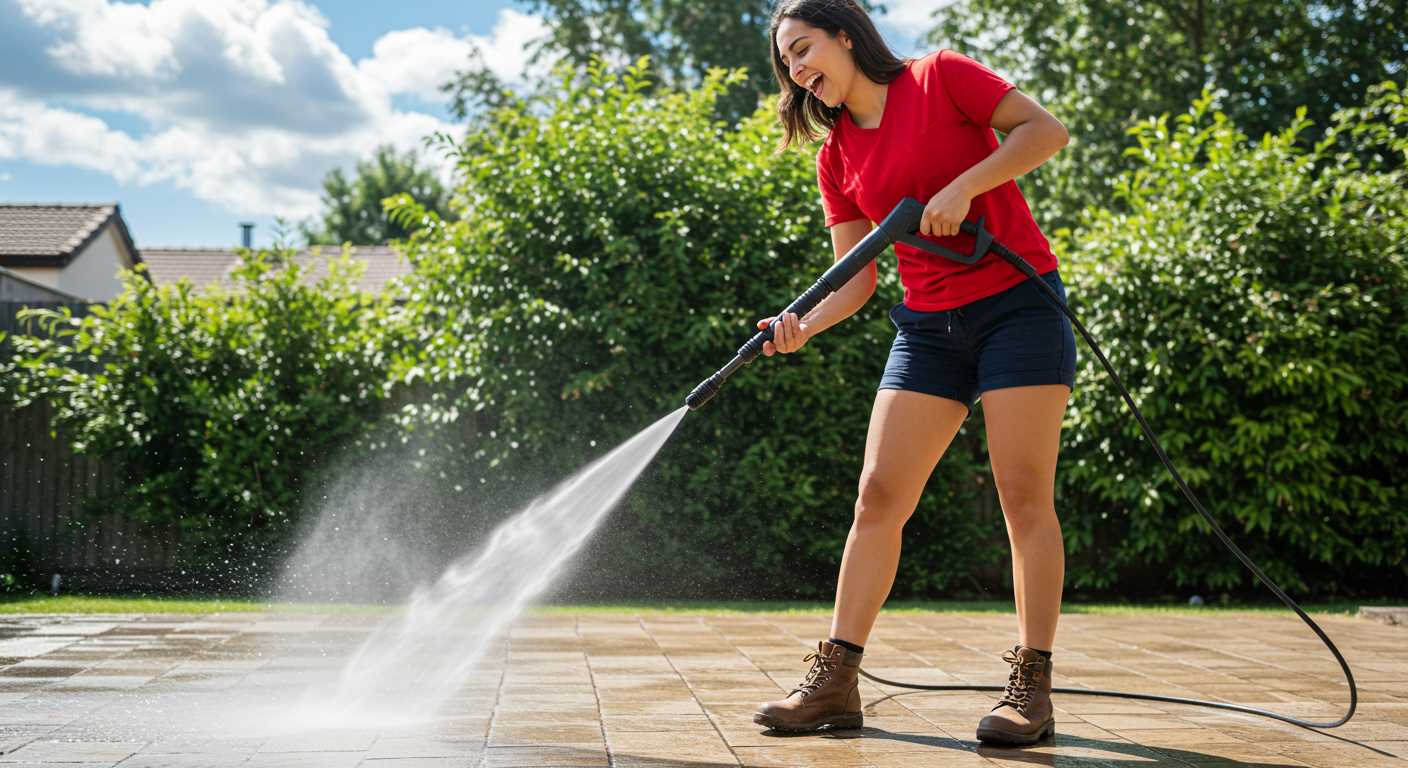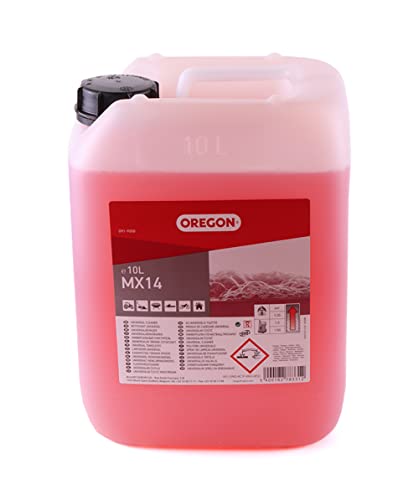



For optimal results, select a specially formulated cleaner designed for high-powered devices. Brands like Karcher, Nilfisk, and Bosch offer excellent options that work effectively in conjunction with various models. Look for pH-neutral formulations to ensure compatibility, preventing potential damage to surfaces and equipment.
When experimenting with options, always dilute concentrated solutions as per the manufacturer’s instructions. This practice not only enhances cleaning effectiveness but also protects the machine from unnecessary wear. Products containing biodegradable ingredients are preferable, as they are environmentally friendly while still providing remarkable cleaning abilities.
Additionally, avoid harsh substances such as bleach or ammonia, as they can harm both your surfaces and the equipment itself. Instead, opt for multi-purpose formulas tailored for outdoor cleaning tasks. This approach guarantees that you address tough grime while maintaining the integrity of your gear.
By choosing the right cleaning solution, the task becomes more efficient and yields remarkable results. Take time to research and select the most suitable product for your specific cleaning needs, ensuring that your tool remains in excellent condition for years to come.
Suitable Detergents for High-Pressure Equipment
For optimal results, stick to detergents specifically designed for high-pressure systems. These are formulated to create foam that adheres to surfaces and enhances cleaning. Brands like Karcher offer products tailored for their machines, ensuring compatibility and efficiency.
Avoid using traditional household cleaners like dish soap or laundry detergent. They can generate excessive foam, potentially causing mechanical issues. Instead, consider eco-friendly options that break down easily and lessen environmental impact.
For heavy-duty tasks, look for degreasers that effectively tackle oil and grime without damaging the unit. It’s essential to follow the manufacturer’s guidelines regarding concentration levels to prevent harm to both surfaces being cleaned and the equipment itself.
To maintain a clean and efficient machine, regularly flush the detergent compartment with water after use. This prevents residue build-up and keeps the internal components functioning smoothly. Using the right cleaning solutions not only enhances performance but also prolongs the lifespan of your equipment.
Understanding Compatibility of Cleaning Solutions
Always check the manufacturer’s guidelines before incorporating any cleaning agent into your unit. This ensures that the components remain intact and optimises your machine’s performance. An incorrect mixture can lead to damage or void the warranty.
High-pressure equipment is typically designed for specific types of detergents, often designated as biodegradable or environmentally safe. I suggest using detergents that are specifically formulated for such devices as they maintain the integrity of seals and hoses while providing effective cleaning.
Best Options for Cleaning Agents

For general purposes, mild solutions are ideal for surfaces like patios, decks, and vehicles. Look for products labelled as “non-corrosive”; these are typically safe for use and efficient in cleaning various materials without causing harm. For stubborn stains or heavy grease, you may require a stronger formulation, but ensure it is compatible with your equipment.
Mixing Ratios and Application Methods

Always follow the dilution instructions provided by the manufacturer for the specific cleaner you are using. A common recommendation is a 1:10 mixture for most household applications. Applying the solution with a low-pressure spray before switching to a high-pressure setting can enhance effectiveness and reduce the risk of damaging surfaces.
Types of Soap Safe for Pressure Washers
Use biodegradable cleaning agents designed for high-pressure units to avoid damage. Here are some types that are commonly safe:
- Biodegradable Detergents: Formulated to break down quickly, these options are eco-friendly and effective for various surfaces.
- Car Wash Solutions: Specifically made for automotive cleaning, often featuring gentle yet powerful formulas that lift grime without scratching paint.
- House Wash Products: Ideal for siding and roofs, these cleansers tackle mould and mildew while being safe for nearby plants.
- Concrete Cleaners: Concentrated yet safe products that penetrate tough stains on driveways and patios.
Considerations for Selection
Always read labels to ensure compatibility with the equipment. Using non-approved types may void warranties or damage the machine. Maintain the correct dilution ratios as specified by the manufacturer. Here are points to consider:
- Choose types that are safe for your surfaces to prevent damage.
- Check for low-foaming formulas that work effectively with pressure machines.
- Opt for scent-free or neutral options to avoid lingering odours.
- Avoid harsh chemicals that can cause long-term harm to your environment.
By selecting the appropriate cleaning agents, efficient maintenance and effective results are achievable without compromising equipment integrity.
Applying Detergents: Foaming vs. Non-Foaming Soaps

For optimal outcomes, I recommend selecting foaming detergents for use with your cleaning machine, especially if you’re tackling heavily soiled surfaces. These products cling to vertical surfaces, allowing for extended dwell time, which enhances the cleaning process. The foam is typically thicker, ensuring the active ingredients can break down grime more effectively.
Non-foaming solutions, on the other hand, may be more suitable for lighter cleaning tasks or when quick rinsing is desired. They often provide a faster application and eliminate the need for longer waiting times typical with foam. However, they may require repeated applications for stubborn stains, as the short contact time can limit their effectiveness.
| Type of Detergent | Usage | Advantages | Considerations |
|---|---|---|---|
| Foaming | Heavy grime and vertical surfaces | Better cling, longer dwell time | May require a foam nozzle |
| Non-Foaming | Light cleaning and quick jobs | Faster application, easy rinse | Less effective on stubborn stains |
When choosing between the two, consider the surface type and the level of dirt. For comprehensive maintenance, stocking both varieties allows for flexibility depending on the task at hand. Testing different formulations gives valuable insight into which works best for particular applications, ensuring results that meet expectations.
Environmental Considerations When Choosing Cleaning Agents
Prioritise biodegradable formulas that break down naturally in the environment. These options minimise the risk of soil and waterway contamination, supporting ecological balance. Avoid harsh chemicals that can linger in ecosystems, leading to adverse effects on wildlife and plant life.
Researching Ingredients

Check the ingredient list for phosphates, chlorine, and nonylphenol ethoxylates–substances linked to water pollution and ecological harm. Seek products certified by reputable environmental organisations, indicating reduced environmental impact.
Concentrated vs. Diluted Solutions
Selecting concentrated solutions reduces the volume of product needed, decreasing packaging waste and transport emissions. Opt for refillable containers to minimise single-use plastics and encourage sustainable practices in your routine.
By making informed decisions, I ensure a cleaner environment while effectively tackling dirt and grime. Your choices play a pivotal role in protecting our planet.
Homemade Soap Solutions for Pressure Washers
Using homemade cleaning mixtures is an economical and effective way to enhance your washing experience. Here are specific homemade suggestions that I have tested and found successful:
- Basic Dish Soap Mixture: Combine 1 cup of mild dishwashing liquid with 1 gallon of water. This solution is gentle yet efficient, perfect for light dirt on vehicles and patio furniture.
- Vinegar and Baking Soda Blend: Mix 1 cup of white vinegar with 1 cup of baking soda in 1 gallon of warm water. This is particularly effective against mildew and grime on surfaces such as outdoor furniture and fences.
- Environmental Citrus Solution: Use 1 cup of an environmentally friendly citrus cleaner mixed with 1 gallon of water. This formula works well on grease stains and leaves a refreshing scent.
- Oxygen Bleach Solution: Dissolve 1/2 cup of oxygen bleach in 1 gallon of water. Ideal for tough stains on decks and driveways, it is biodegradable and safe for plants.
When creating these mixtures, ensure thorough dilution to avoid clogs in your equipment. Always test any homemade cleaner on a small, inconspicuous area before applying it broadly. If any adverse reaction occurs, discontinue use immediately. Remember to wear gloves and protective eyewear for safety.
Store any leftover solutions in labelled containers, preventing cross-contamination and keeping them safe from children and pets. Homemade mixtures not only save money but also offer customizable cleaning options tailored to specific tasks.
Common Mistakes to Avoid When Using Soap in Pressure Washers
.jpg)
Avoid using unsupported cleaning formulations. Always check the manufacturer’s guidelines for compatibility and recommended products. Mixing incompatible substances can damage seals and hoses, leading to costly repairs.
Do not apply cleaning agents directly without dilution. Concentrated solutions may cause surface damage. It’s important to prepare the mixture according to instructions to achieve optimal cleaning without harm.
Never underestimate the impact of improper nozzle selection. Using a high-pressure nozzle with a detergent can cause excessive foaming, which may hinder performance and increase wastage. Opt for the correct nozzle to facilitate effective cleaning.
Ignoring application technique can lead to uneven cleaning results. Use a consistent sweeping motion when distributing the liquid, focusing on one area at a time to ensure thorough coverage and removal of dirt.
Refrain from letting the cleaning solution dry on surfaces. This can result in residue and streaks. Work in sections and rinse promptly to maintain a clean finish.
Lastly, neglecting safety precautions while handling chemicals can have serious repercussions. Always wear appropriate protective gear and ensure adequate ventilation. Taking these steps can significantly enhance the cleaning experience while minimising risks.








